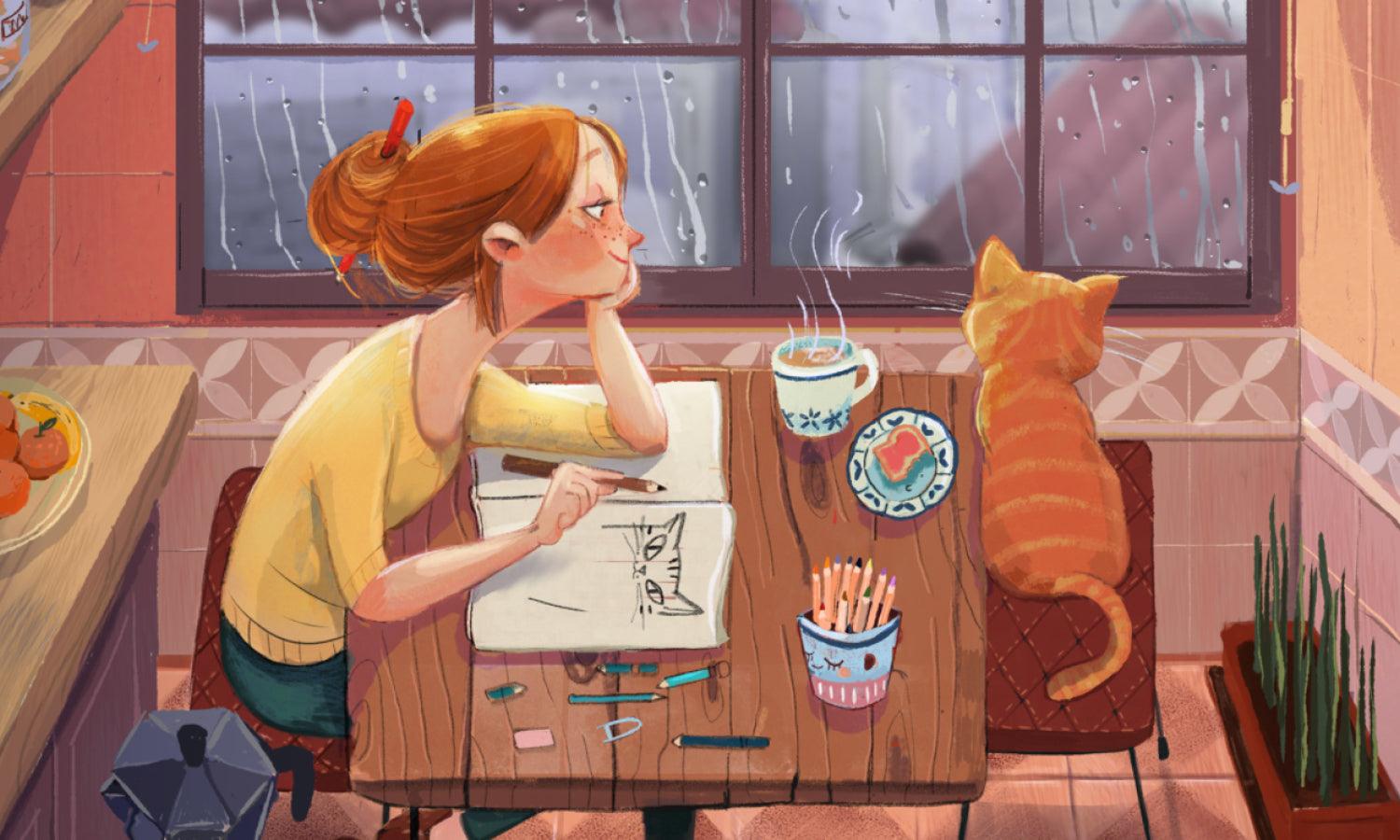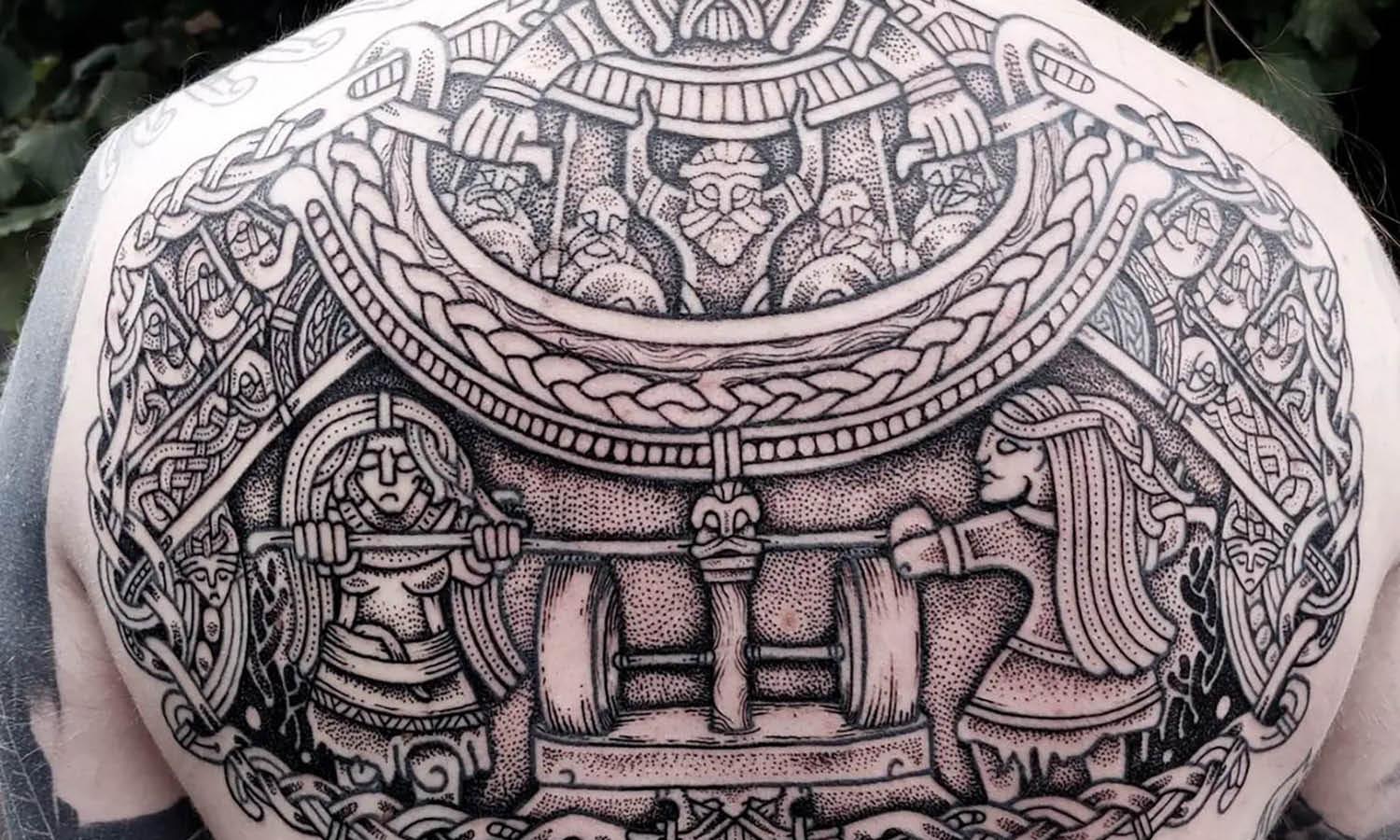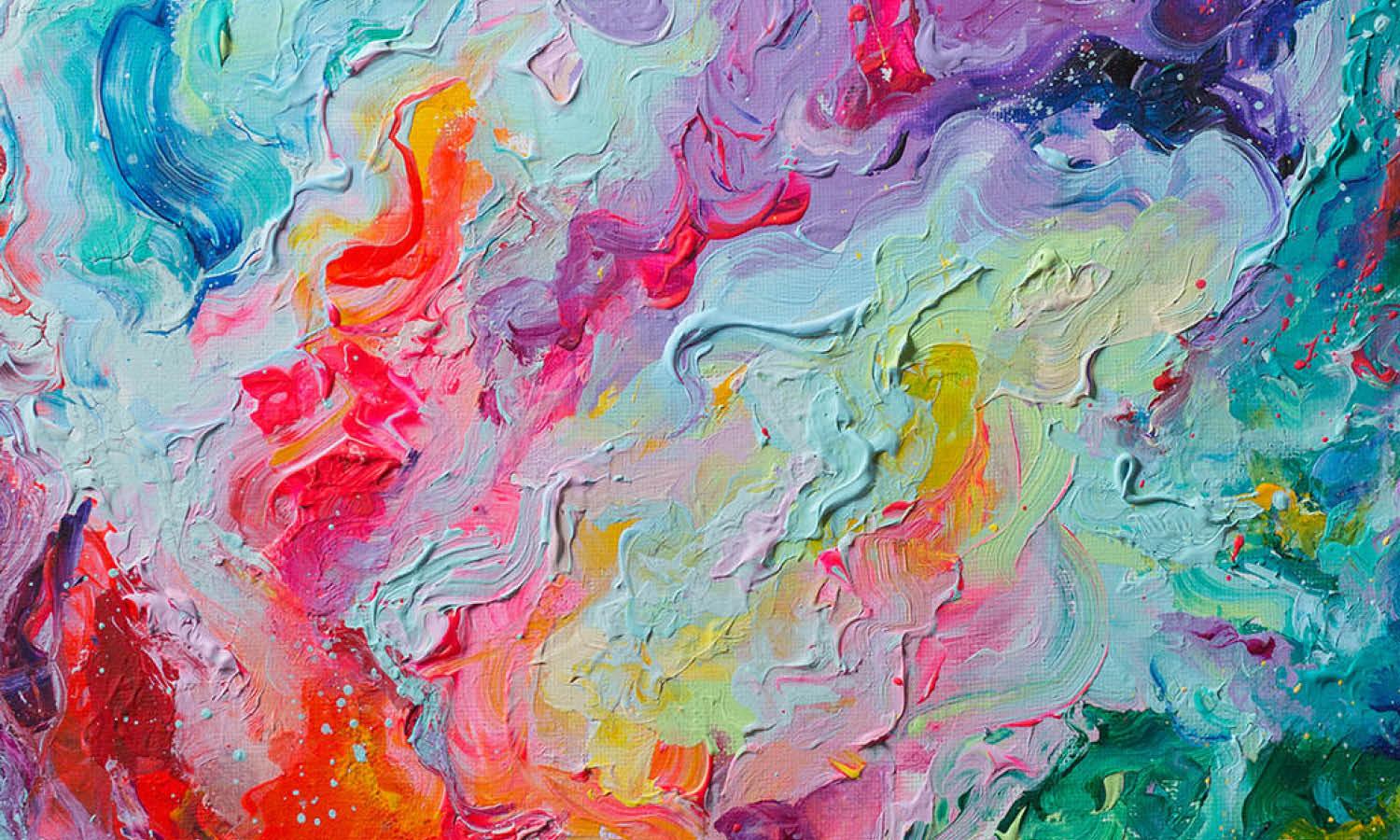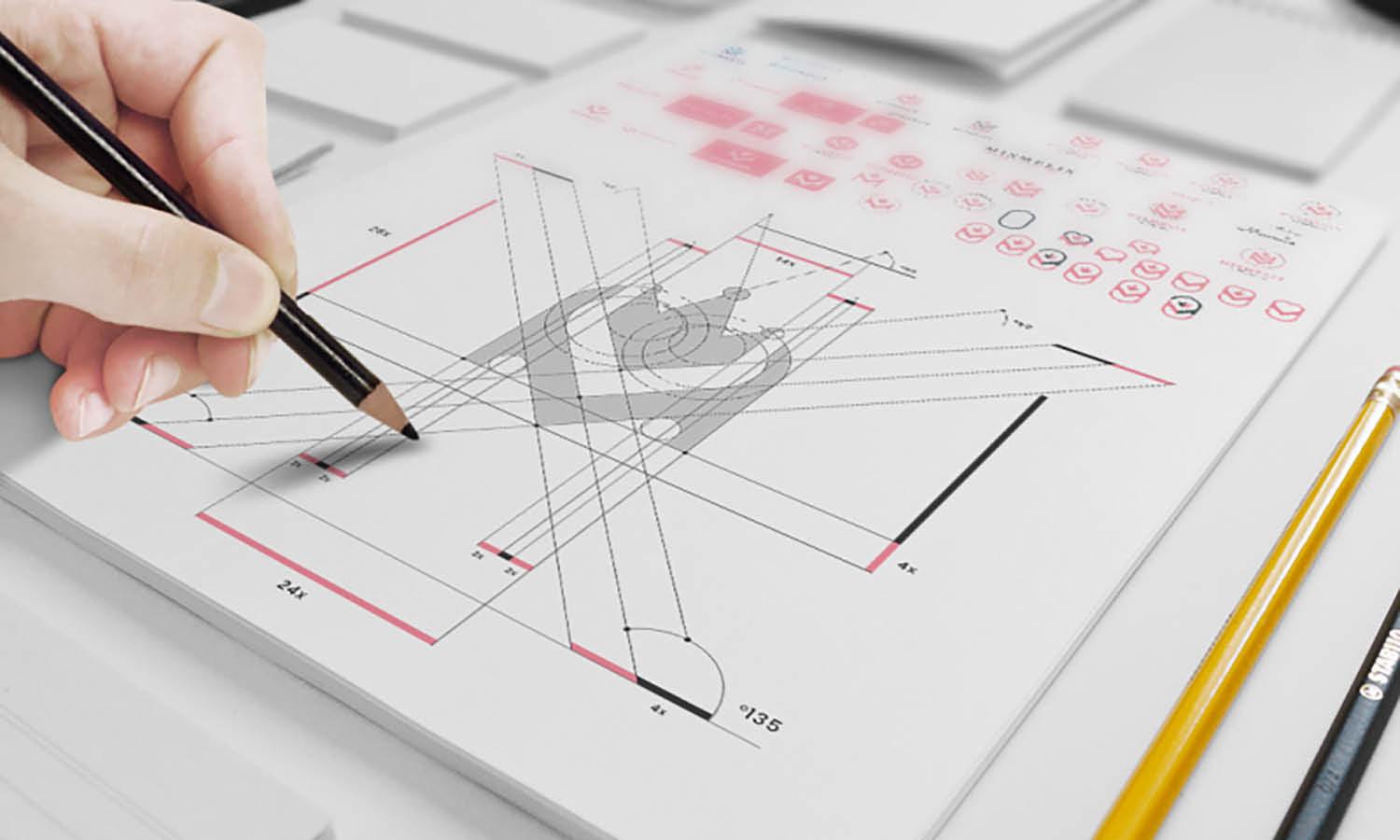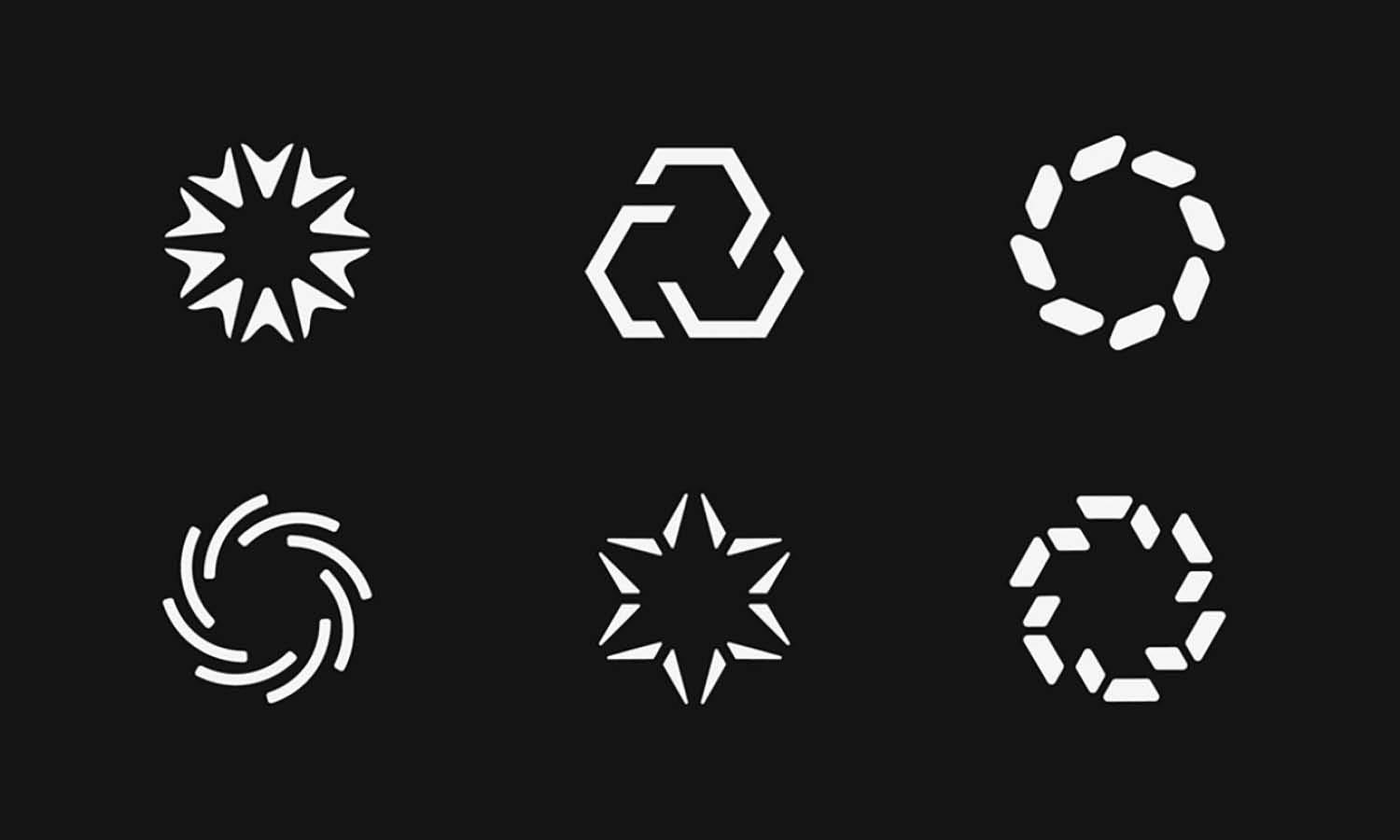Art of Creative Branding: How Unique Design Shapes Modern Lifestyles

In an age where consumers value experience and authenticity over mass appeal, creative branding has become the driving force behind successful businesses. The way a brand looks, feels, and communicates can define how it’s perceived by the world.
From minimal design aesthetics to emotion-driven storytelling, this evolution in branding is redefining how creativity influences modern lifestyles.
The Power of Visual Storytelling in Branding
Branding is no longer just about having a logo or a catchy tagline — it’s about crafting an emotional journey. Visual storytelling allows brands to communicate values, personality, and culture in a single glance.
Every design element matters — colors, fonts, shapes, and even textures contribute to how a brand feels. A warm color palette evokes friendliness, while sleek, muted tones can portray sophistication. Great designers understand that visuals speak louder than words, guiding how audiences emotionally connect with a brand.
In today’s digital age, storytelling through design has become the ultimate differentiator. Brands that visually express their identity with creativity and purpose stand out in a crowded marketplace.
Minimalism and Emotion: The Perfect Duo
Minimalism remains one of the most powerful design movements in modern branding. But it’s not about doing less — it’s about doing more with less.
Minimalist design highlights clarity, functionality, and purpose. Every element exists for a reason, allowing the message to shine through without distractions. This design philosophy pairs perfectly with emotional branding — the art of evoking feelings through visuals and tone.
For instance, consider how lifestyle and wellness brands use minimalist packaging with natural textures and simple typography. These visual choices inspire calmness, trust, and authenticity — emotional responses that encourage consumer loyalty.
A brand that can combine minimal aesthetics with deep emotional appeal often creates an experience that transcends visual beauty — it becomes a lifestyle statement.
The Rise of Lifestyle Branding
Modern consumers aren’t just buying products; they’re buying into lifestyles. This shift has given birth to lifestyle branding — a creative approach that integrates design, culture, and values into every aspect of a business.
Brands today aim to connect with people on a personal level. They reflect aspirations, values, and individuality through storytelling, photography, and design. Whether it’s a brand advocating sustainability, creativity, or wellness, its visual identity and tone play a major role in attracting like-minded audiences.
This cultural evolution has also blurred the boundaries between art, lifestyle, and commerce. Brands now collaborate with designers, artists, and influencers to create cohesive, experience-based identities that feel authentic and relatable.
A great example of this creative and lifestyle-driven design approach can be found in communities that merge aesthetics with personal expression — such as those featured on delta extrax. These collections embody creativity, culture, and individuality, showing how design and lifestyle can harmoniously coexist in modern branding.
The Importance of Experience-Driven Design
Experience-driven design is the cornerstone of modern branding. It focuses on how audiences feel when they interact with a brand — whether they’re visiting a website, unboxing a product, or scrolling through social media.
Some key elements of experience-driven design include:
- Interactive Visuals: Brands are increasingly using motion graphics, 3D animation, and immersive visuals to engage users.
- Personalization: Tailored experiences make users feel seen and valued.
- Consistency: Every touchpoint — from the website to the packaging — tells the same story.
- Sustainability and Purpose: Consumers are drawn to brands that care about the planet and their communities.
By designing experiences that delight, inspire, and connect, brands turn ordinary interactions into memorable moments.
The Role of Color and Typography in Creative Branding
Color and typography are silent yet powerful storytellers. They set the tone for how audiences interpret a brand’s message.
- Colors: Blue conveys trust, red symbolizes energy, green evokes freshness, and black reflects elegance. Strategic use of color psychology can elevate brand recall and emotional connection.
- Typography: Fonts carry personality. Serif fonts feel timeless and sophisticated, while sans-serif fonts communicate modernity and clarity.
When used thoughtfully, color and typography transform visual design into emotional language — helping brands establish strong, lasting impressions.
Technology Meets Creativity
The intersection of technology and design has opened up exciting new possibilities for branding. Artificial Intelligence (AI), Augmented Reality (AR), and Virtual Reality (VR) are changing how brands tell stories and interact with audiences.
Designers can now experiment with interactive experiences, dynamic brand visuals, and real-time personalization to deepen audience engagement. A digital-savvy brand that embraces tech innovation while maintaining creative authenticity can build powerful, forward-thinking identities.
Inspiration from Cross-Industry Creativity
Creative inspiration often comes from unexpected places. Designers are now drawing from diverse fields — fashion, architecture, digital art, and even wellness — to create brands that feel multi-dimensional.
This cross-disciplinary approach allows brands to break boundaries and infuse uniqueness into their storytelling. It’s why design-centric platforms like Kreafolk are so valuable: they showcase creative ideas, branding insights, and artistic inspiration that fuel the next generation of creative professionals.
Similarly, collections like delta extrax demonstrate how visual aesthetics, cultural influence, and lifestyle creativity can merge into a distinct identity that resonates with today’s expressive, design-conscious audience.
The Future of Creative Branding
As design trends continue to evolve, one truth remains constant: creativity is timeless. The future of branding lies in blending art, technology, and emotion to build human-centered brands that people trust and love.
Tomorrow’s successful brands will be those that value design not just as a marketing tool but as an emotional bridge between creativity and connection. From logo creation to full-scale brand ecosystems, creativity will remain at the heart of meaningful communication.
Conclusion
Creative branding is more than an artistic process — it’s a language that connects people, values, and stories. In a visually saturated world, authenticity and emotional resonance define success.
By merging aesthetic intelligence with cultural relevance, brands can elevate their design narrative and inspire genuine loyalty. Just as collections like delta extrax blend creativity, lifestyle, and design, modern brands must continue to innovate and express individuality through visual storytelling.
Design isn’t just what we see — it’s what we feel. And when done right, creative branding transforms that feeling into a timeless experience.


